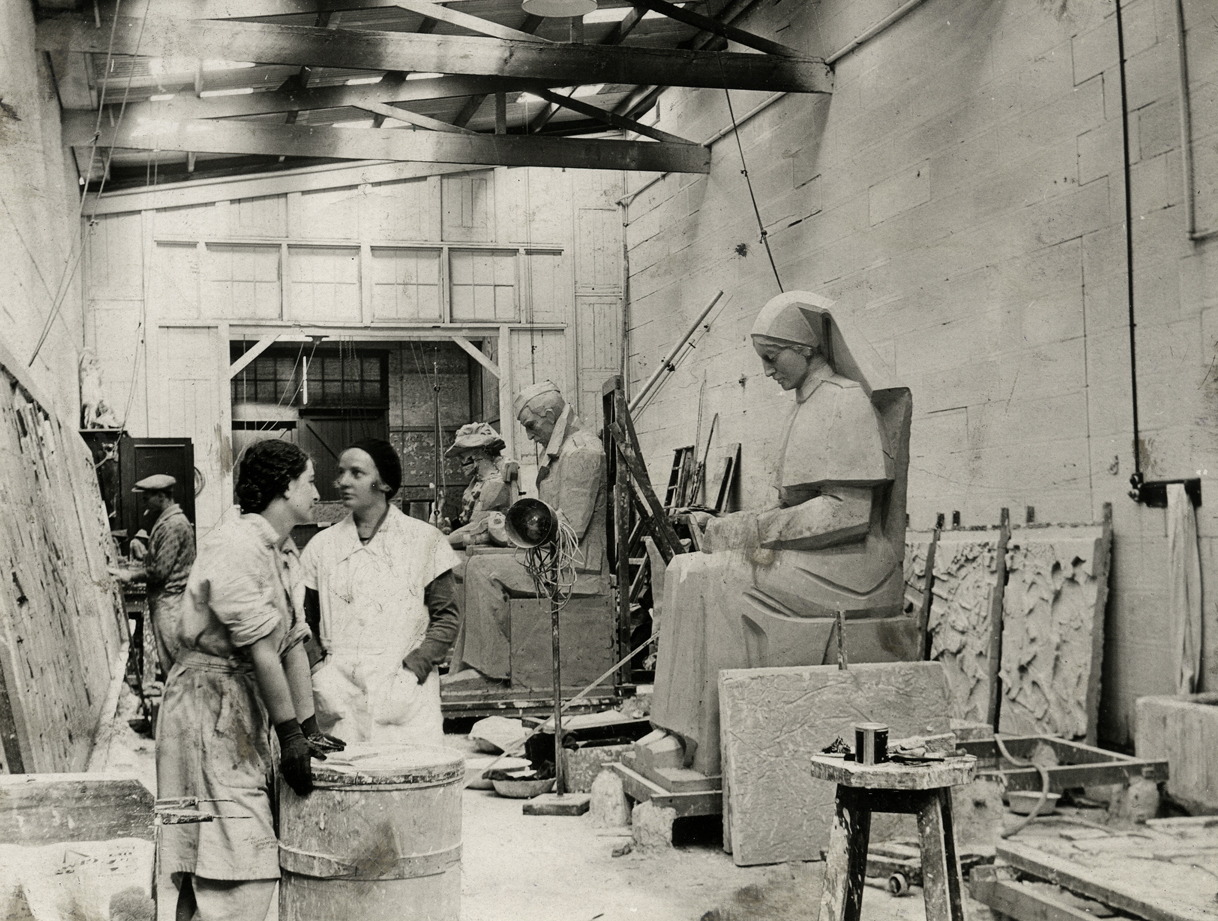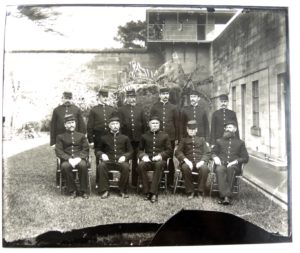Martin Sharp (1942-2013) studied at Cranbrook School, Sydney under artist Justin O’Brien, and enrolled as a student at the National Art School in 1960. There he met Garry Shead, with whom he collaborated on a student newspaper, the Arty Wild Oat, in 1962. By 1962 the Art Students Ball had become a major part of Sydney’s bohemian arts calendar, with students, staff and models dressing up in themed costumes and dancing late into the night at the Trocadero in George Street or at the Paddington Town Hall. Along with his fellow NAS students, Sharp attended these balls and made posters for them.
This important poster, printed at the NAS, was the first poster Sharp ever made. His later distinctive psychedelic posters for Circus Oz, Oz magazine and record covers for bands have their origins in this student work. Although Sharp did not complete the course, he studied at the NAS for three years, and always regarded it as his ‘alma mata’. In 1963-64 he worked as art director of Oz and became the major contributor of drawings and cartoons.
The much publicised prosecution of Oz in 1964 was sparked by a Sharp cartoon. After living in London and starting London Oz magazine, he moved back to Australia, and in 1972, took on the renovation of Luna Park, the amusement park at Milsons Point. Over the next couple of years, he also created the Yellow House, an artists’ community in Kings Cross, where each room was an artwork in itself. Credited with giving the 1960s pop counterculture its visual expression, he was awarded an honorary doctorate in visual arts from Sydney University in 2012, and a NAS Fellowship in 2013.
Image: Martin Sharp, Art Students Ball poster, Moulin Rouge, 1962, screenprint on paper, 76 x 50.5 cm, National Art School Collection, gift of Barry Blight, 2004 © The Estate of Martin Sharp. Licensed by Copyright Agency, Australia























